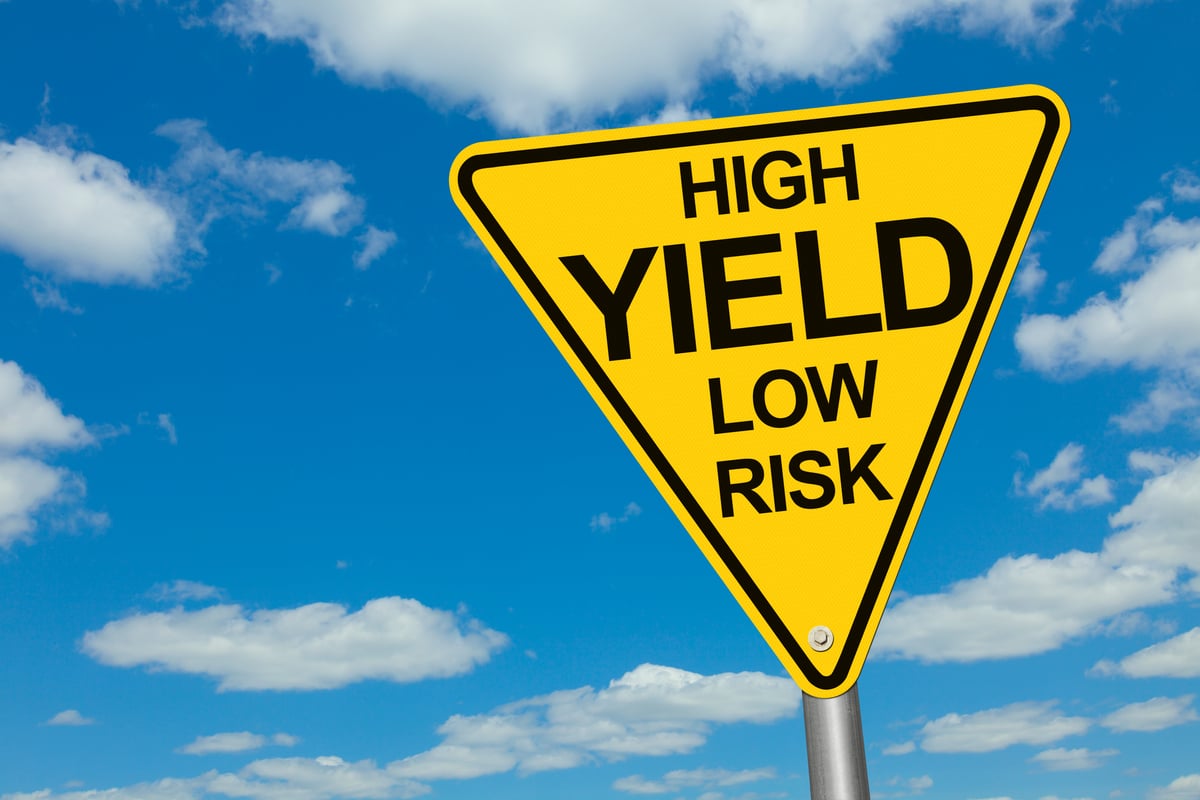
Image source: Getty Images.
Income investors have a strong preference for stocks that consistently hike their dividends. Since predictable cash flow is a priority, they pass over companies that can't show rising returns during the inevitable industry downturn.
That's why many investors shop among the short list of Dividend Aristocrats, which are companies that boast an unbroken streak of at least 25 years of consecutive payout raises. A few members of that elite group have fallen out of favor recently and could represent solid long-term buys. Below, we'll look at the prospects for market-beating returns from Coca-Cola (KO +0.34%), Target (TGT +2.37%), and Lowe's (LOW +0.35%).
Coca-Cola
Coca-Cola is about as close as you can get to a recession-proof business. Through the world's largest distribution system, it slings nearly 2 billion servings of beverages around the globe each day. Its portfolio spans 500 brands, including four of the top five sparkling drink franchises on earth: Coca-Cola, Diet Coke, Fanta, and Sprite.
That unique market position has powered impressive income growth for investors as Coke raised its dividend in each of the last 54 fiscal years. However, the rate of growth is slowing: Coke's latest hike was just 6%, compared to 8% in 2015 and 9% in 2014.
The beverage titan is struggling with weak volume growth due to consumers rejecting many of the core ingredients, including sugar, upon which it built its empire. It has responded by revamping its portfolio with products like Zero Sugar Coca-Cola, yet shares declined in 2016 even as the market surged higher.
The recent installation of James Quincey as Coke's new CEO suggests the company aims to aggressively alter its cherished formulas so that all the industry's biggest growth isn't confined to rivals.
Target
Target's stock fell 2% in 2016, a year that saw the retailer hike its dividend by 7% to mark its 45th consecutive payout raise. Target is struggling even more than rival Wal-Mart (WMT +0.64%) to find growth in a weak shopping industry: Customer traffic is down 1% over the last nine months while Wal-Mart has enjoyed a slight increase.

Image source: Getty Images.
The retailer has navigated through rough times like these before, though, thanks to a powerful pairing of price leadership in some product segments and premium offerings in others. That approach, which leans heavily on what management calls its signature categories (including beauty and apparel) leads to significantly higher profitability than peers. Its gross margin is 30% of sales, compared to Wal-Mart's 26%.
Like most major retailers, Target's growth prospects are at least partially hobbled by the trend toward online shopping. Yet that's no reason for investors to ignore what, at 3.3%, amounts to one of the most generous dividend yields in the industry.
Lowe's
No matter what it does, Lowe's can't seem to break out of Home Depot's (HD +0.69%) long shadow. Despite a fast-growing store footprint, it trails its larger home-improvement rival in the key metrics of sales growth, profitability, and return on invested capital. It's no surprise, then, that shares fell by 6% in 2016, compared to a 2% gain for Home Depot and a 10% jump for the broader market.

Image source: Getty Images.
However, Lowe's dominates in the metric of dividend longevity. Its payout has ticked higher each year since 1961, and that streak includes the brutal three-year period around the housing market crises that forced Home Depot to pause its dividend raises.
That makes Lowe's the only Dividend Aristocrat to represent the home-improvement industry, in part thanks to its more conservative capital allocation approach. The company allocates 35% of annual profits to dividends, compared to Home Depot's 50% target.
Between the three choices, though, I'd bet on Coca-Cola at today's prices. Sure, it will take time for beverage portfolio changes to spark faster sales growth, but patient investors can collect a 3.3% dividend yield while they wait for those improved industry conditions. Its long business history, meanwhile, demonstrates that the drink giant has a knack for adjusting to shifting consumer demands. That challenge is made much easier by assets like a massive marketing budget and unmatched global distribution network. Short-term bumps aside, a decade from now Coke is likely to be selling well over 2 billion beverage servings each day and sending much of the profit back to shareholders.










